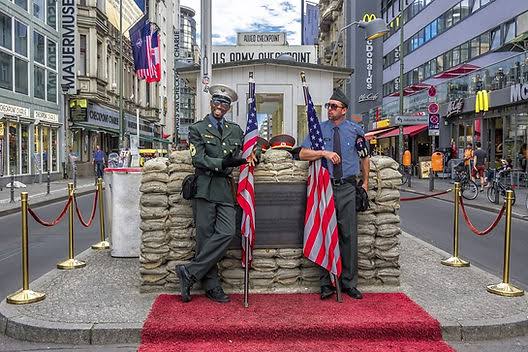Berlin is a city where history can be heard everywhere. It’s like walking through some of the most important parts of history. From World War II relics to Cold War landmarks, Berlin, Germany’s capital, is like a live museum full of cultural history and architectural heritage. If you want to learn something new and be amazed at the same time, this guide lists the ten most important historical sites in Berlin. Each of the sites shown has been important in creating Berlin’s history and gives a more personal look at events that have had a big impact on Germany and the rest of the world.
Berlin is a great place to visit whether you are interested in buildings from the Middle Ages, stories from the Cold War, or symbols to resistance and strength. You will see old churches, parts of the Berlin Wall that have been kept, powerful memorials, and buildings that used to be royal palaces. These historical sites in Berlin are not only beautiful to look at, but they also have a lot of value. They are strong memories of the city’s troubled past and its dedication to teaching and remembering. If you are planning a trip to Berlin and want to see the most important historical sites, this list will help you find them. These sites are what make Berlin unique. Great for history buffs and tourists who are interested in new places.
Top Ten Historical Places You Should Visit In Berlin
10. Charlottenburg Palace
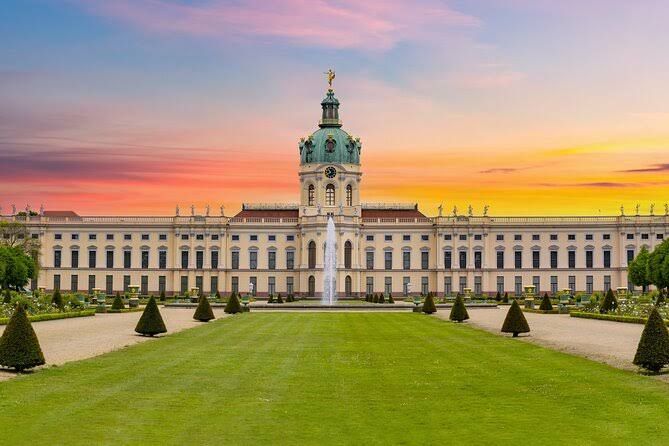
Charlottenburg Palace stands as Berlin’s grandest royal residence, once home to Electress Sophie Charlotte and later the Hohenzollern dynasty. Visitors step into opulent baroque and rococo interiors filled with gilded mirrors, delicate porcelain china, and richly painted ceilings. The palace embraces a timeless elegance and offers guided tours that explore the Porcelain Cabinet, the Great Orangery, and state dining rooms. Grounds stretch across landscaped French gardens blending formal parterres and winding pathways around a large central pond.
In cooler seasons, the palace hosts classical concerts and traditional Christmas markets adding cultural warmth. As one of the premier royal palaces near central Berlin, Charlottenburg delivers not just architectural grandeur but also a vivid window into 18th‑century court life. Its aesthetics, events, and seasonal charm make it a must‑visit heritage site that attracts history lovers and architecture enthusiasts seeking an authentic cultural experience in the city. Enriching, educational, and visually stunning, this palace transports every visitor into Berlin’s regal past.
9. East Side Gallery
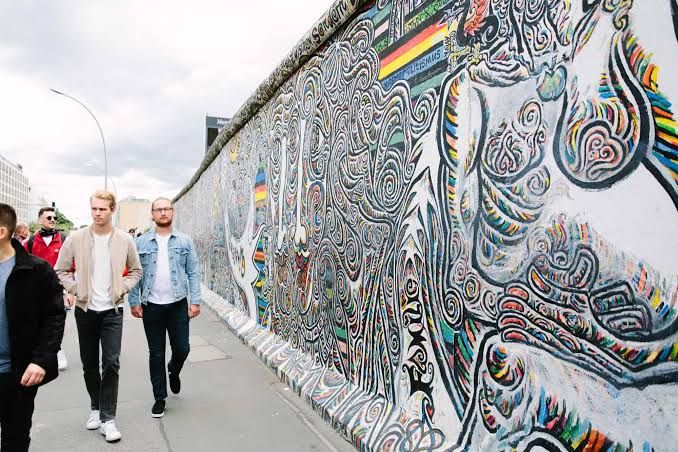
Stretching over a kilometer, the East Side Gallery preserves the longest remaining stretch of the Berlin Wall now transformed into an outdoor art gallery. Painted after the fall of the wall in 1990 by artists from around the world, it carries vibrant murals celebrating unity, freedom, hope and historical lessons. Iconic works include the famous Brothers Kiss, a powerful depiction of Soviet leader Leonid Brezhnev and East German president Erich Honecker locked in an embrace.
This open‑air museum draws photography lovers, history seekers, and tourists aiming to connect with Berlin’s divided past. Strolling along the wall, visitors not only experience visual storytelling but also absorb layers of Cold War history and the symbolism of healed divisions. Carefully preserved and frequently restored, the gallery continues to serve as a cultural landmark and standing testament to the city’s transformation. It’s an ideal destination for people researching Berlin heritage, street art combined with historical context, and Cold War tourism. A visit here inspires reflection, fosters understanding, and reinforces Berlin’s narrative as a city of resilience and renewal.
8. Museum Island
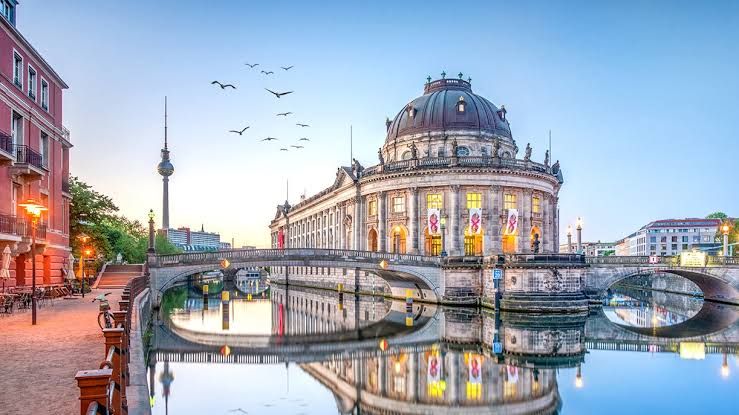
Located in the heart of the city, Museum Island brings together five extraordinary museums gathered on a narrow island in the Spree River. Each museum delivers a distinct chapter of human civilization. The Pergamon Museum houses monumental archaeological structures such as the Pergamon Altar and Ishtar Gate. The Neues Museum celebrates Egyptian and prehistoric artifacts including Nefertiti’s iconic bust. In Altes Museum, visitors encounter ancient Greek and Roman sculptures while Alte Nationalgalerie features 19th‑century Romantic and Impressionist painting collections.
Bode Museum offers Byzantine art and Renaissance sculpture across a grand domed building. A UNESCO World Heritage Site, the island’s architectural harmony reflects centuries of Berlin’s cultural ambition. Whether exploring ancient empires or admiring fine art, visitors immerse themselves in diverse stories. The island also includes a beautiful garden and a promenade joining history with tranquil cityscapes. Museum Island offers a memorable and cohesive exploration of culture, history, and art under one historic skyline. It ranks high among Berlin historical tours for its depth, craftsmanship, and visual richness.
7. Gendarmenmarkt Square and Cathedrals
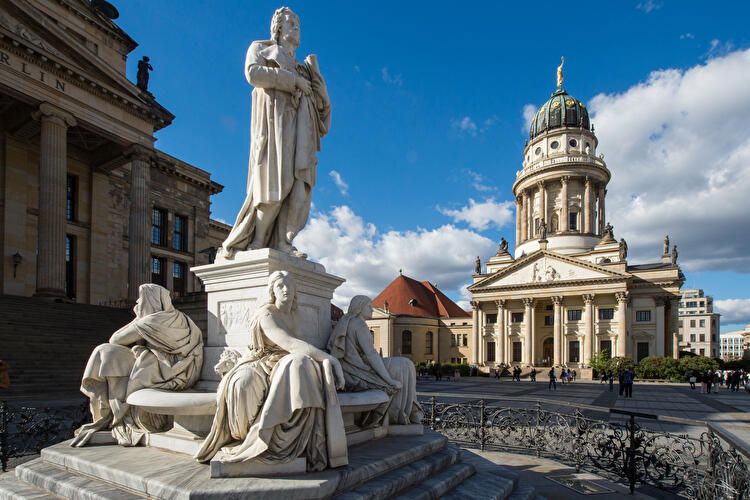
Gendarmenmarkt stands as one of Berlin’s finest neoclassical spaces, framed by the imposing Französischer Dom and Deutscher Dom, with the Konzerthaus as its centerpiece. Built in the 17th century by Frederick the Great, the square has witnessed celebrations, royal events and solemn ceremonies. The twin domes rise above rows of elegant townhouses, creating a balanced architectural ensemble.
Inside the French Cathedral, a small museum honors the history of the Huguenot community, while an observation tower offers panoramic views of the square. The German Cathedral features enlightening exhibitions on parliamentary life in Prussia. Between the churches, the Konzerthaus hosts concerts and cultural events in its grand hall. During the festive season, the square transforms with a traditional Christmas market, highlighting its role as a living cultural hub. Visitors enjoy leisurely walks, café culture, and engaging tours that include historical plaque readings. Gendarmenmarkt offers both visual splendor and historical resonance, making it one of the most elegant historical places in Berlin for culture and architecture enthusiasts.
6. Berlin Cathedral (Berliner Dom)
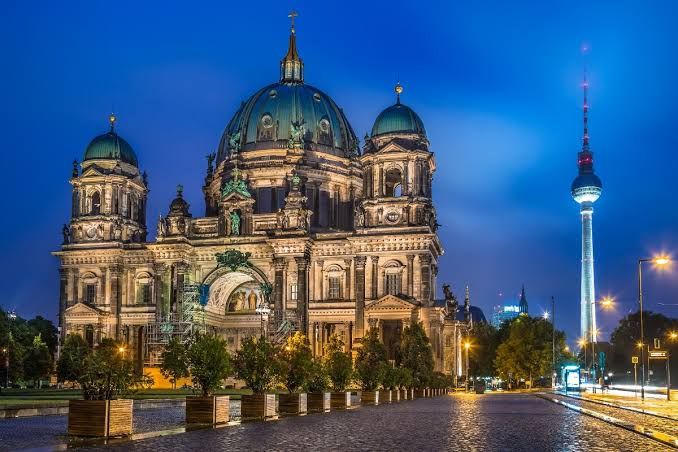
Berlin Cathedral, or Berliner Dom, is one of the most majestic landmarks in the German capital. Located on Museum Island, the cathedral combines Renaissance and Baroque styles with a towering central dome that dominates the skyline. Originally completed in 1905, the cathedral was built as a Protestant counterpart to St. Peter’s Basilica in Rome and served as the court church for the Hohenzollern family. Inside, visitors are struck by ornate sculptures, stained glass windows, marble columns, and a grand organ built by Wilhelm Sauer. A crypt beneath the cathedral contains nearly 100 sarcophagi of Prussian royals, offering a glimpse into Germany’s royal heritage.
The dome can be accessed via a winding staircase, rewarding climbers with panoramic views over central Berlin, including the River Spree, Museum Island, and Alexanderplatz. Regular services, concerts, and organ performances contribute to the cathedral’s vibrant spiritual and cultural life. Berlin Cathedral is more than a religious structure it is a monument to imperial ambition, artistic craftsmanship, and the spiritual pulse of Berlin. A visit here delivers inspiration, education, and the awe that comes with standing beneath one of Europe’s most spectacular church domes.
5. Memorial to the Murdered Jews of Europe
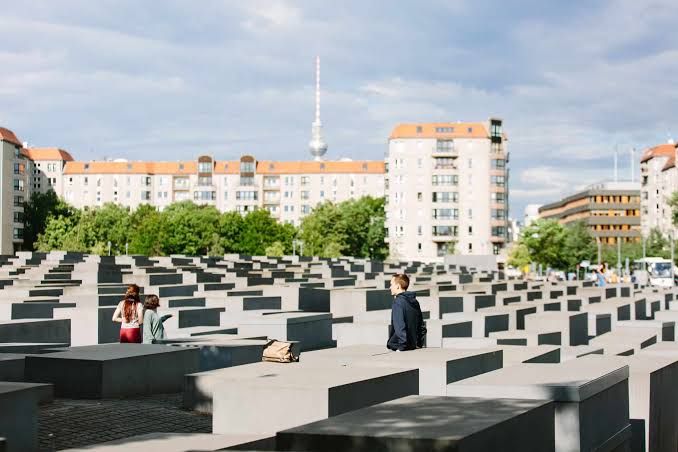
Located near Brandenburg Gate, the Memorial to the Murdered Jews of Europe stands as one of the most profound and moving historical sites in Berlin. Completed in 2005, this monument was designed by architect Peter Eisenman and consists of 2,711 gray concrete slabs arranged in a grid across 19,000 square meters. The slabs vary in height and sit on uneven ground, creating an unsettling and immersive experience intended to reflect feelings of isolation, confusion, and disorientation—symbolic of the horrors of the Holocaust.
Beneath the memorial lies an underground Information Centre that presents detailed documentation on the persecution of Jews during the Nazi era. It includes letters, diary entries, photographs, and personal stories that humanize the tragedy and serve as a stark reminder of the consequences of hate and indifference. The memorial is free to visit and is open year-round, welcoming people from around the world to pause, reflect, and learn.
As a powerful place of remembrance and education, this site holds a vital place in Berlin’s cultural and moral landscape. It serves not only as a tribute to the six million victims of the Holocaust but also as a statement of responsibility, remembrance, and the value of human dignity.
4. Checkpoint Charlie
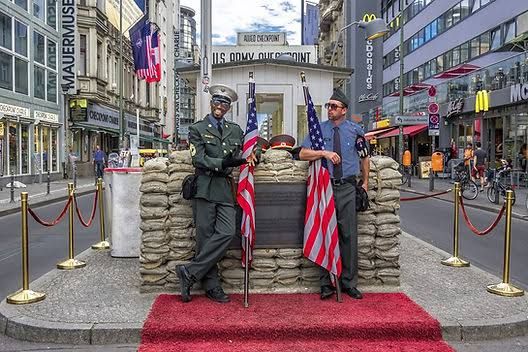
Checkpoint Charlie was the most famous border crossing point between East and West Berlin during the Cold War. Established in 1961, it served as a controlled passage for diplomats, journalists, and foreign visitors crossing between the American and Soviet sectors. While the original checkpoint structure is no longer in place, a faithful replica of the guardhouse, along with sandbags and the famous sign warning “You are now leaving the American sector,” has been installed as a historical monument.
Next to the checkpoint, the Wall Museum provides deep insights into the Cold War era, including daring escape stories, espionage operations, and political tensions that defined global relations for decades. Photographs and artifacts capture the intense atmosphere of a divided city, and exhibitions document attempts to cross the border some successful, many tragic.
Checkpoint Charlie remains a powerful symbol of Berlin’s divided past and the broader conflict between democracy and totalitarianism. Its significance has endured, attracting visitors who wish to understand the human consequences of political division. Standing at this historic junction, one can grasp the tension that once gripped the world and appreciate the resilience of those who fought for freedom and unity.
3. Kaiser Wilhelm Memorial Church
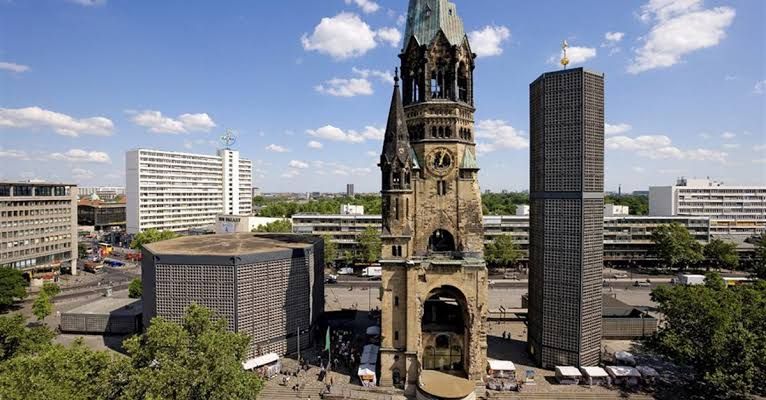
Kaiser Wilhelm Memorial Church is one of Berlin’s most striking and symbolic structures. Located at Breitscheidplatz in the heart of western Berlin, the original church was built in the 1890s to honor Emperor Wilhelm I. However, it was heavily damaged during World War II bombings. Instead of demolishing the ruins, the city chose to preserve its broken spire as a lasting anti-war memorial, famously referred to by locals as the “hollow tooth.”
Next to the old ruins, a modern chapel and bell tower were constructed in the 1960s using concrete and blue stained glass, creating a visual contrast that merges destruction with renewal. Inside the old tower is the Gedenkhalle, or Memorial Hall, which displays photographs, mosaics, and fragments documenting the church’s history and the wartime destruction of Berlin.
Visitors to this site experience a moving lesson in remembrance and recovery. The church serves as a reminder of the cost of war and a symbol of peace and reconciliation. Its central location and unique architecture make it a must-see for those exploring historical places in Berlin, particularly those interested in monuments that speak to the city’s turbulent twentieth-century history.
2. Reichstag Building
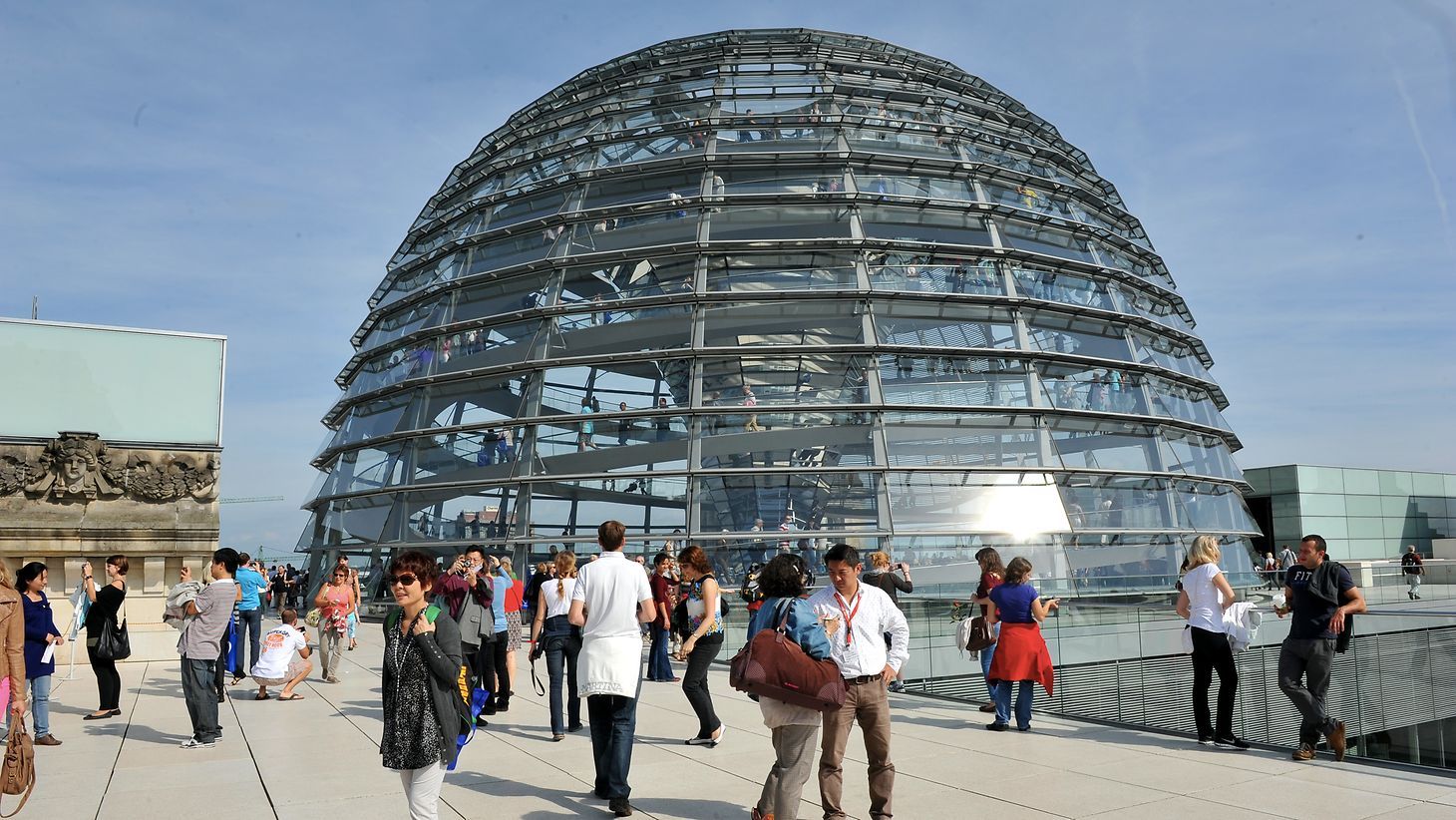
The Reichstag Building is one of Berlin’s most politically and historically significant structures. Originally opened in 1894, it served as the home of the German Parliament until a mysterious fire in 1933. That event marked a turning point in German history, leading to the Nazi consolidation of power. The building fell into disuse during the Cold War but was dramatically restored and modernized after reunification.
Renovated by British architect Norman Foster in the 1990s, the Reichstag is now the seat of the Bundestag, Germany’s federal parliament. Its most prominent feature is the glass dome, which symbolizes transparency in government. Visitors can walk up a spiral ramp inside the dome to enjoy breathtaking views of Berlin’s skyline, while looking down at the parliamentary chamber below a literal and symbolic gesture of democratic oversight.
The Reichstag combines historical significance with architectural innovation. Entry is free but requires prior registration, and guided tours offer valuable insights into Germany’s political journey from monarchy to democracy. The building stands not only as a functioning center of governance but also as a powerful icon of resilience, rebirth, and the enduring spirit of democracy in Berlin.
1. Brandenburg Gate
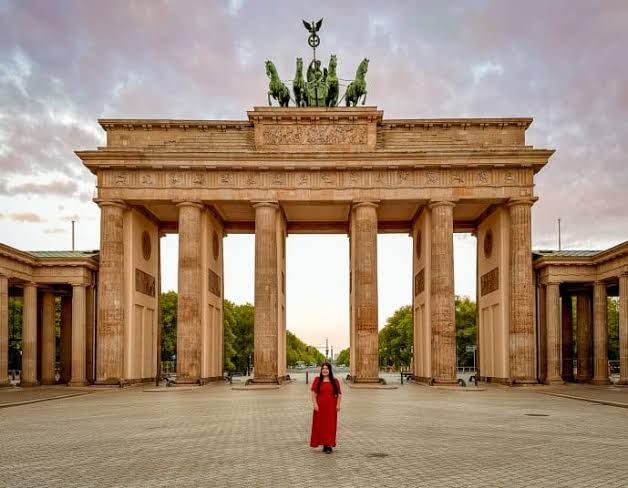
Brandenburg Gate is the most iconic landmark in Berlin and a symbol of unity and peace. Completed in 1791 as a neoclassical triumphal arch, it once marked the entrance to the city. Inspired by ancient Greek architecture, it features twelve Doric columns and is crowned by the Quadriga, a chariot drawn by four horses driven by the goddess of victory.
During the Cold War, the gate stood just behind the Berlin Wall and became a symbol of division between East and West. When the wall fell in 1989, it became the site of massive celebrations and has since come to represent German reunification and freedom. Today, the area around Brandenburg Gate is a lively public square that hosts major events, concerts, and state ceremonies.
Visitors are drawn to its historical weight and the way it reflects Berlin’s journey through monarchy, war, division, and renewal. Surrounded by other significant sites like the Reichstag, the U.S. Embassy, and the Holocaust Memorial, the gate serves as the historical heart of Berlin. No visit to the city is complete without experiencing this monument that so powerfully captures the city’s past and its aspirations for peace and unity.

